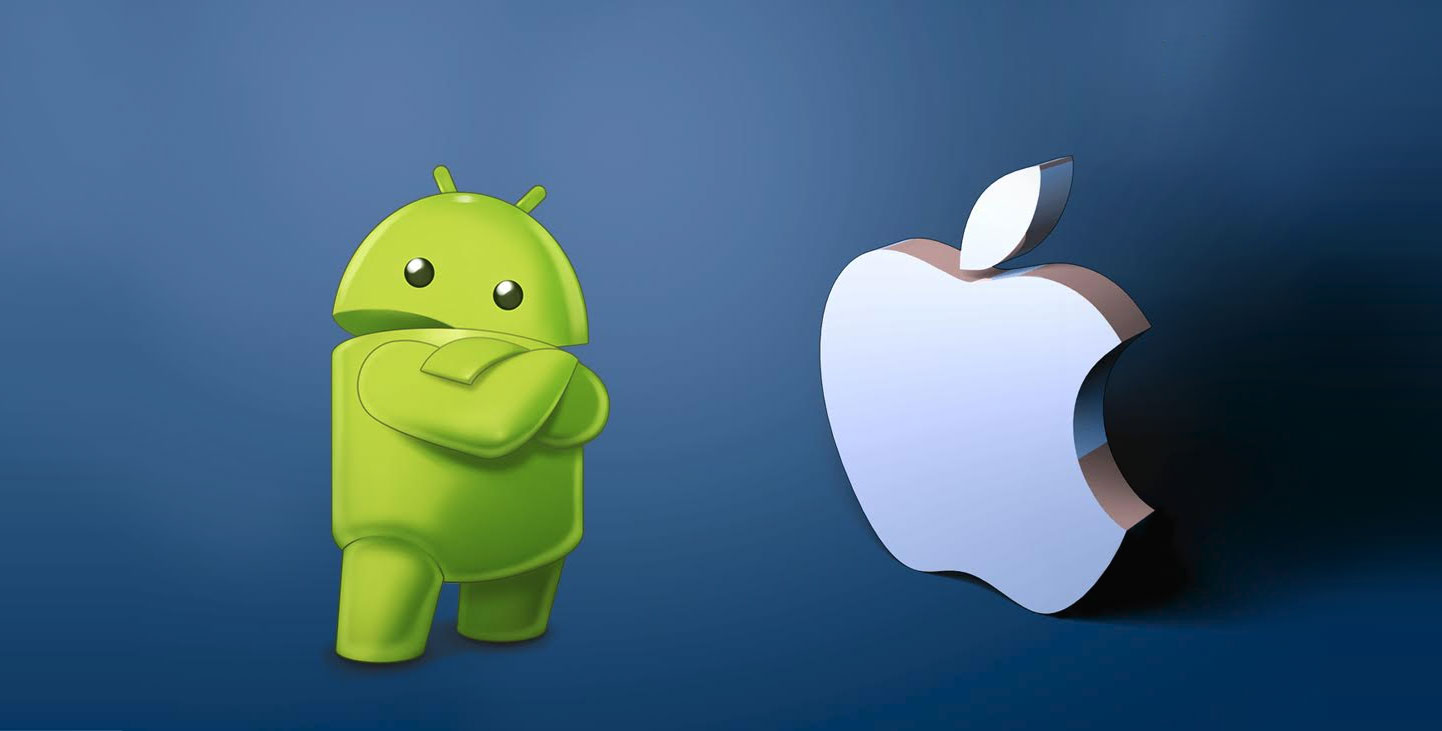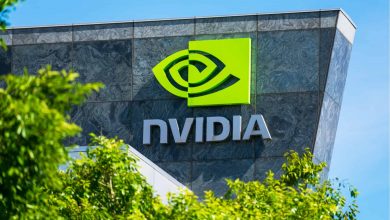Choosing a New Phone: Factors to Consider for a Smart Purchase
In today’s technology-driven world, selecting a new smartphone is a significant decision that requires careful consideration. With a wide range of options available, it’s essential to make an informed choice that aligns with your needs, preferences, and lifestyle. In this article, we will explore the key factors to keep in mind when choosing a new phone, helping you make a smart and satisfying purchase decision.
Operating System: Android or iOS?
- Determine whether you prefer the flexibility of Android or the user-friendly interface of iOS.
2. Budget: Setting Your Limit
- Establish a budget range that suits your financial situation and explore phones within that price range.
3. Performance: Speed and Power
- Check the processor, RAM, and storage capacity to ensure smooth multitasking and optimal performance.
4. Display: Size and Quality
- Consider the screen size, resolution, and technology (LCD, OLED, AMOLED) for an enjoyable viewing experience.
5. Camera Capabilities: Capturing Memories
- Assess the camera specifications, including megapixels, aperture, and image stabilization, if photography is important to you.
6. Battery Life: Endurance Matters
- Look for a phone with a long-lasting battery to avoid constant recharging during the day.
7. Connectivity: 5G and Beyond
- If available in your area, consider a phone that supports the latest connectivity standards, such as 5G.
8. Design and Build: Aesthetics and Durability
- Choose a phone with a design and build quality that appeals to you, along with features like water and dust resistance.
9. Brand and Reputation: Reliability Counts – Opt for reputable brands known for quality, reliability, and ongoing software updates.
10. Software and User Interface: User-Friendly Experience – Explore the phone’s software features and user interface to ensure they align with your preferences.
11. Storage Options: Adequate Space – Determine your storage needs and choose a phone with sufficient internal storage or expandable options.
12. Accessories and Ecosystem: Compatibility – Consider whether the phone is compatible with accessories and other devices you may already own.
13. Reviews and Recommendations: Informed Insights – Read reviews and seek recommendations from trusted sources to gain insights into real-world experiences.
14. Future-Proofing: Long-Term Usability – Choose a phone with hardware and features that will remain relevant for a reasonable period.
15. Personal Preference: Your Unique Needs – Ultimately, prioritize features and aspects that align with your individual preferences and requirements.
Selecting a new phone involves a blend of technical considerations, personal preferences, and practical needs. By carefully evaluating factors such as operating system, budget, performance, camera capabilities, and more, you can make a well-informed decision that enhances your communication, productivity, and entertainment experiences. Remember that your new phone will likely become an integral part of your daily life, so take the time to choose wisely and enjoy the benefits of a smart purchase.
iOS vs. Android: Exploring the Differences Between Two Leading Mobile Operating Systems
The ongoing debate between iOS and Android enthusiasts has shaped the landscape of mobile technology, with each operating system offering distinct features and benefits. Whether you’re considering a new smartphone or curious about the platform you currently use, understanding the differences between iOS and Android is essential. In this article, we will delve into the key contrasts between these two leading mobile operating systems, helping you make an informed decision that aligns with your preferences.
Ecosystem and App Store: Apple vs. Google Play
- iOS is tightly integrated with Apple’s ecosystem, offering seamless synchronization across devices. Android’s open ecosystem provides greater customization but may lack the uniformity of iOS.
2. User Interface: Simplicity vs. Customization
- iOS boasts a clean and intuitive interface, ideal for users who prioritize simplicity. Android offers extensive customization options, allowing users to personalize their home screens, widgets, and more.
3. Hardware Integration: Apple’s Unified Approach
- iOS benefits from Apple’s vertical integration, leading to optimized hardware and software performance. Android’s diverse device ecosystem offers a wide range of hardware choices.
4. Updates and Upgrades: Timely vs. Varied
- iOS updates are consistently rolled out across devices, ensuring all users receive the latest features and security patches. Android updates depend on manufacturers and carriers, resulting in variations in timing.
5. App Development: Controlled vs. Open Environment
- iOS offers a controlled development environment, leading to optimized apps and a focus on user experience. Android’s open nature allows developers more freedom but can result in varying app quality.
6. Security: Apple’s Walled Garden vs. Open Source
- iOS is renowned for its stringent security measures and app review process. Android’s open-source nature offers flexibility but may require users to be more cautious.
7. Customization: Limitations vs. Flexibility
- iOS customization is more limited, providing a consistent user experience. Android users can personalize their devices extensively, from themes to launchers.
8. Voice Assistants: Siri vs. Google Assistant
- Siri is iOS’s voice assistant, while Google Assistant powers Android devices. Both offer voice commands, but Google Assistant is often considered more advanced.
9. Integration with Other Devices: Apple’s Ecosystem Advantage – iOS devices seamlessly integrate with other Apple products, such as Macs, iPads, and Apple Watch. Android offers integration with a wider range of devices, from smart TVs to smart home systems.
10. App Availability and Diversity: App Store vs. Google Play – The App Store features a curated selection of apps, prioritizing quality over quantity. Google Play offers a wider range of apps, including some that may be less rigorously vetted.
11. Price Range: Budget vs. Premium Options – iOS devices tend to be more expensive, catering to a premium market. Android offers a wider range of price points, accommodating budget-conscious consumers.
12. Cloud Services: iCloud vs. Google Drive – iCloud is integrated into the iOS ecosystem, while Google Drive offers cross-platform cloud storage and collaboration tools.
13. Multitasking: Split Screen vs. Multitasking – iOS offers split-screen multitasking on iPads, while many Android devices provide more versatile multitasking features.
14. Navigation: Apple Maps vs. Google Maps – Apple Maps and Google Maps provide navigation options, but Google Maps is often favored for its accuracy and features.
15. Privacy: Apple’s Privacy Focus vs. Android Options – Apple places a strong emphasis on user privacy, while Android allows users to manage app permissions and offers more control over data sharing.
The choice between iOS and Android ultimately boils down to your preferences, needs, and priorities. Both operating systems offer unique strengths and cater to different user profiles. Whether you value customization, ecosystem integration, simplicity, or versatility, understanding the differences between iOS and Android will empower you to select the mobile platform that best aligns with your lifestyle and technological preferences.


















